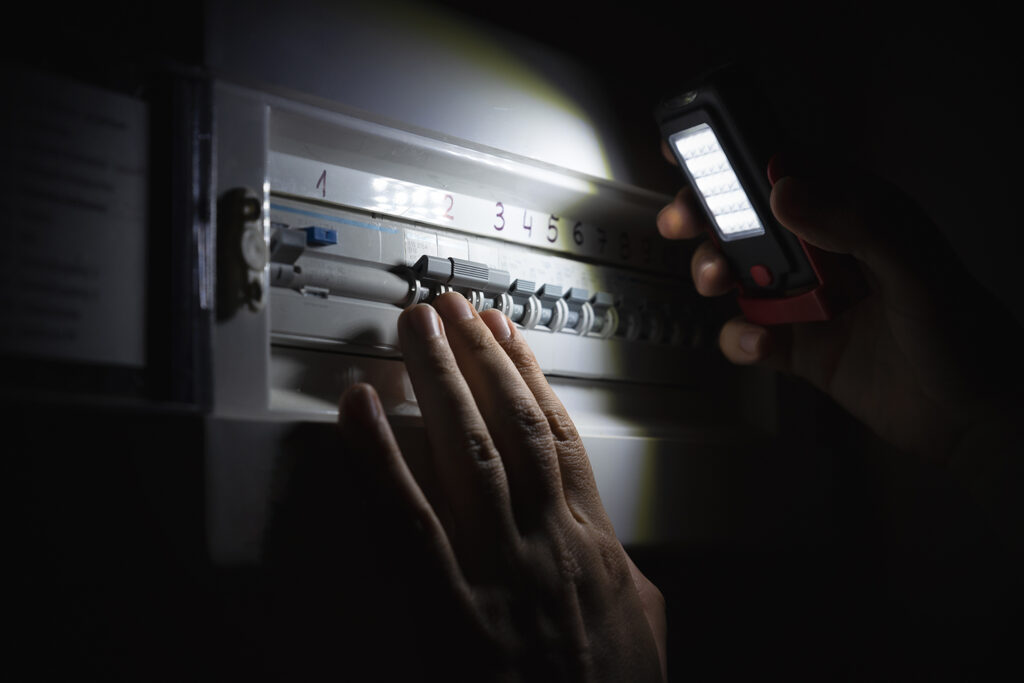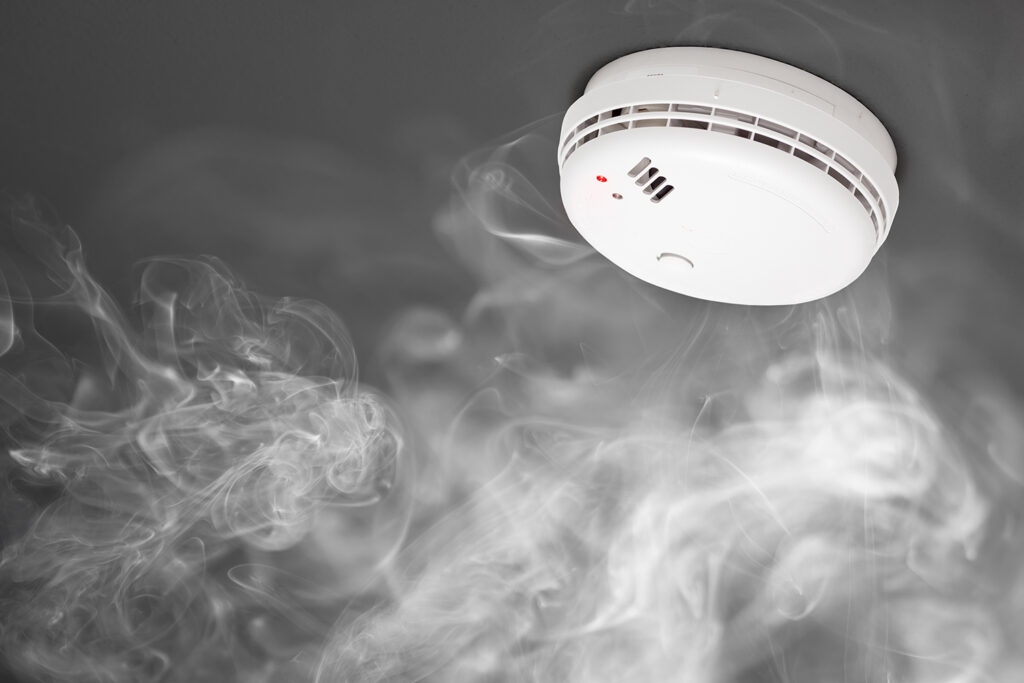In a world filled with uncertainties, being prepared for emergencies is not just a recommendation; it’s a necessity. With its diverse landscape and changing weather patterns, Ontario is no stranger to emergencies, whether natural disasters like floods or human-caused incidents like power outages and fires. Having a well-thought-out emergency plan in place is crucial for every household. Here are some essential steps to prepare for some of these emergencies.
Emergency Kit:
A well-prepared home emergency kit or designated cupboard for emergency supplies is essential for any household. It should include a flashlight for illumination during power outages, a first aid kit to tend minor injuries swiftly, and extra batteries to ensure the flashlight remains functional. Matches or a lighter and candles provide alternative light sources. It is crucial to keep non-perishable foods, water, and any necessary medications readily accessible in case evacuation becomes necessary. Organizing and maintaining these supplies nearby ensures a swift response during emergencies, facilitating quick evacuations.

Power Outages:
Facing a power outage during winter, whether caused by an ice storm, heavy snowfall, or unexplained circumstances, can bring daunting challenges and disruptions. Firstly, check your electrical panel for any tripped breakers or blown fuses. Before resetting, disconnect any gadgets on the affected circuit to avoid sudden power surges. Notify your local utility to expedite restoration. Remember to switch off or unplug your appliances to prevent surprises when power returns. Keep refrigerator and freezer doors tightly closed to maintain food freshness and consider using the outdoors as a natural cooler. Stay warm by sealing off unused rooms and layering clothing. Use flashlights or battery-powered lights instead of candles for safety. Keep an eye on plumbing, letting taps drip to prevent pipe disasters. Above all, look out for each other, stay indoors, and keep emergency supplies stocked.
During a summer power outage, adhere to procedures akin to those in winter, all while considering the critical task of preserving perishable foods. Remember to keep refrigerator and freezer doors tightly shut; frozen items can typically endure 24 to 48 hours without power, while refrigerated items may last up to 4 hours. Additionally, it’s advisable to draw curtains to block sunlight, aiding in maintaining a cooler indoor environment amidst the sweltering summer heat waves.

Flooding:
Flooding presents a pervasive natural disaster that significantly harms homes and communities, often triggered by torrential rainfall, rapid snow thawing, or a ruptured main. Its impact can be devastating, emphasizing the need to prioritize safety protocols. Here are the initial steps to minimize risk and damage to your home:
In basement flooding, prioritize evacuating all individuals and pets to higher ground if water levels rise excessively. Flooded basements carry electrical dangers, with submerged appliances and outlets posing shock risks. Turn off electricity, gas, and water to prevent additional harm and minimize the chance of electrocution or gas leaks. If unable to access the electrical panel, seek assistance from a licensed electrician immediately. In ongoing flooding during active storms, prioritize evacuation to ensure your family’s safety. When faced with the need to evacuate, promptly heed guidance from local emergency authorities to ensure your safety and that of others. Remember to bring your emergency kit and adhere to designated evacuation routes provided by officials, avoiding potentially blocked or hazardous shortcuts.
Avoid crossing flooded areas either on foot or in a vehicle, as fast-moving water presents substantial hazards, potentially sweeping individuals away. Exercise caution when approaching bridges during periods of high and fast-flowing water. If your car becomes stalled in rising water, promptly exit the vehicle to prioritize your safety and that of your passengers.

Fire:
Discussing emergency plans is essential, but practicing them is even better. Having a fire drill at home allows everyone to see how they would react in a real emergency and how quickly and safely they can get out of the house. Make it a routine practice drill twice a year.
Ensuring home fire safety requires strategically placing and regularly testing combo smoke alarms and carbon monoxide detectors on each level. Through practice drills, children should learn how to react to smoke alarms without adult supervision. Remember, heat and smoke rise, so if you encounter smoke or flames, stay low and crawl to the nearest safe exit. Before opening any door, check for heat with the back of your hand. If your clothes catch fire, remember to “stop, drop, cover your face with your hands, and roll”. Designate an outside meeting place and a safe location to call 9-1-1, ideally in front of your home, where firefighters will arrive. But keep a safe distance away from the house fire and move downhill and upwind if necessary. Stay safe and prepared!

Tornados:
While tornadoes in Ontario may not be as frequent or intense as those in some other regions, they can still occur and have the potential to cause significant damage and pose risks to life and property. It’s essential for residents of Ontario to be prepared and aware of severe weather warnings and to have a plan in place in case of a tornado. The peak season in Canada is through the summer months, and to date, approximately 17 tornadoes have been recorded in Ontario.
If faced with a tornado warning, the most secure location within your home is the innermost area of a basement. Should a basement not be available, seek shelter in an interior room devoid of windows on the lowest level. This could include a central hallway, bathroom, or closet. Be sure to avoid windows, as they can shatter and cause injury due to flying debris.
Establishing a comprehensive emergency preparedness plan for your home is not just a prudent measure; it’s a lifeline during times of crisis. From assembling an emergency kit with essentials to practicing evacuation drills and staying informed about severe weather alerts, every step taken towards preparedness is a step towards safety and security for you and your loved ones. Remember, in the face of uncertainty, preparedness is your greatest asset. Stay safe, stay vigilant, and stay prepared.



